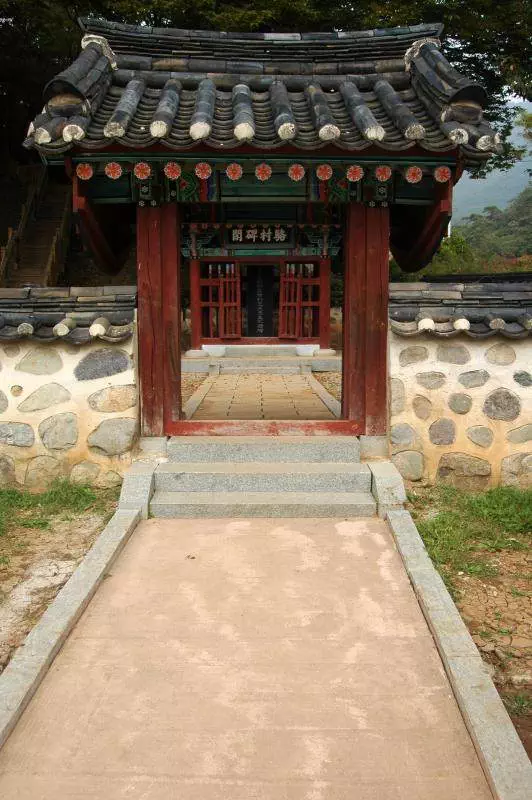
Above — built in 1973, this pavilion celebrates Park Chung-won — the magistrate of Yeongwol county in 1541 who had a vision to rebuild the tomb and hold memorial services. Just like the other Joseon Dynasty tombs in Korea, this site is a UNESCO World Heritage.
My friend Rob (AKA the K-blogger Roboseyo) and I had the opportunity to trek a couple hours east to Gangwon-do. Although the destinations weren’t planned in advance, the idea to get out of Dodge most definitely was.
Jangneung is the royal tomb of King Danjong (1441–1457). Look at those dates a little closer. Yes, that’s a king dying at age 16. Born Hong-wi, he was named crown prince at 9 years old and king at 12 years old, his uncle and a few others conspired to get rid of him during his first year. Danjong survived that attempt, and made it to his third year of reign before giving up his throne to his uncle.
It gets better — in 1456, Danjong’s uncle (King Sejo) brutally murdered six Danjong loyalists who were plotting to put Danjong back in power. The following year, former king Danjong got demoted to a prince — Prince Nosangun — and was banished to present-day Yeongwol in Gangwon-do. The prince was demoted again to a common person, then forced to drink poison when his followers’ plans were revealed. After Danjong died, his body was left to float down the Donggang river. Yeongwol’s leader Eom Heung-do secretly buried him under fear of reprisal — review what happened to people who had supported him — and the tomb has remained in Yeongwol to this day. Although it took 400 years to make it happen, Eom was awarded the posthumous title of Chunguigong, or ‘man of loyalty and righteousness’.
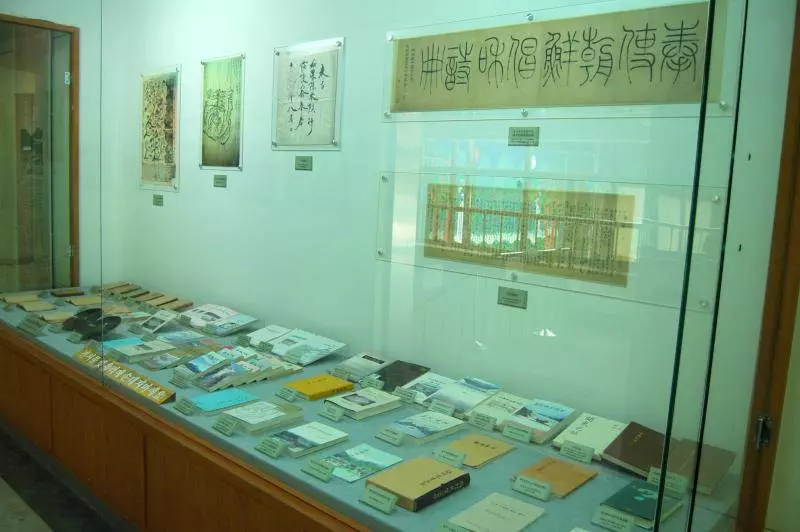
Just some of the king’s writings, or writings about the king.
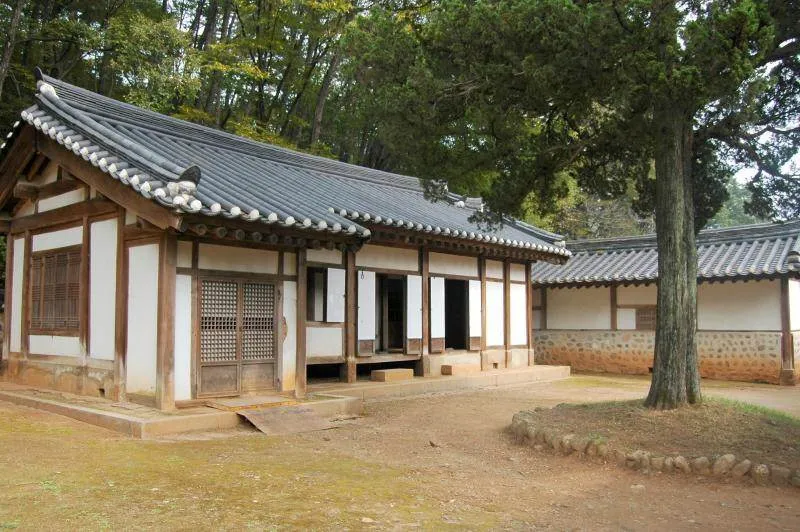
The buildings are more or less indistinct — for better or worse, they look roughly the same as buildings found around other tomb sites.
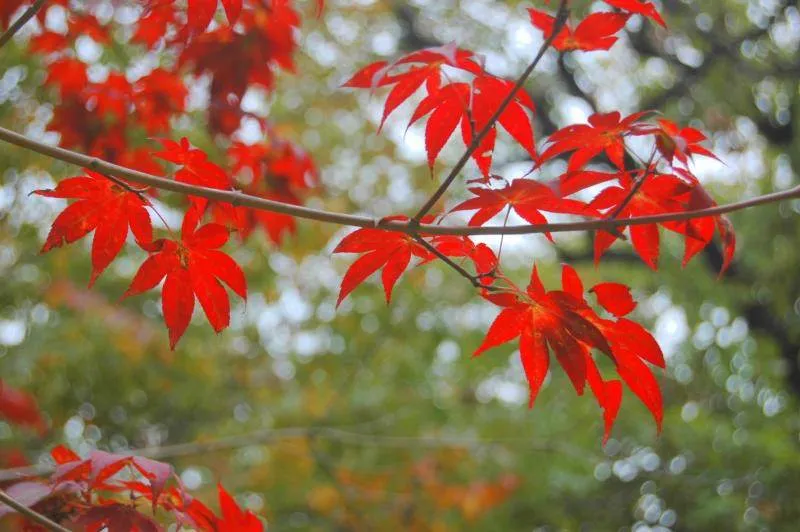
The colors of fall were quite nice though.
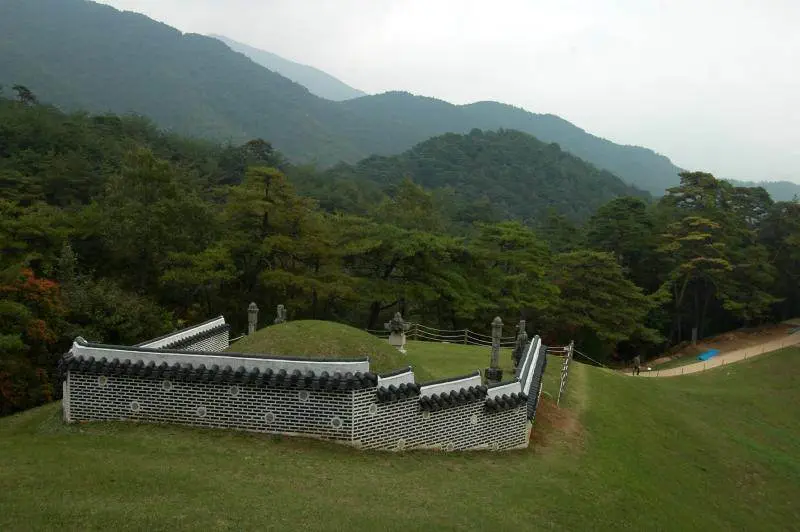
Although a rope prevented us from getting too close to the tomb itself, you could walk around the back of it without much trouble. Not pictured down the sloping hill to the right is the 정자각, or the building where ceremonies were performed.
By itself, it’s nice — clean, cared for, and easy to walk — but not a whole lot of reasons to make your way out to Gangwon-do. While walking around the entrance, I noticed a road sign for 보닥사 (Bo-deok-sa) and proposed we check it out. After a cup of coffee, Rob and I headed down the path.
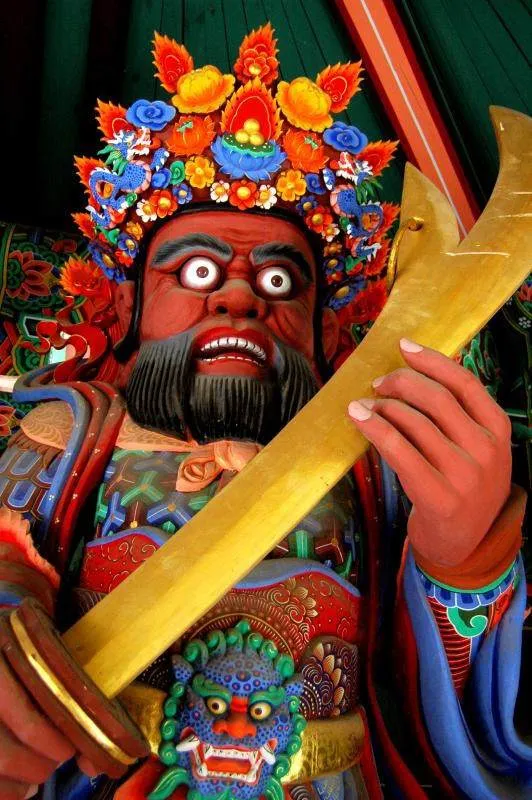
It may look like it’s been Photoshopped, but it’s not — it really is this vivid in real life.
Supposedly founded in 668 A.D. by a revered monk named Eunsong-josa, the temple is dedicated to Amitabha, or the Buddha of the Western Paradise. As fellow blogger/writer Robert Koehler pointed out, this is one of the only places where an outhouse has been named a cultural property. We’ll get to that in a second.
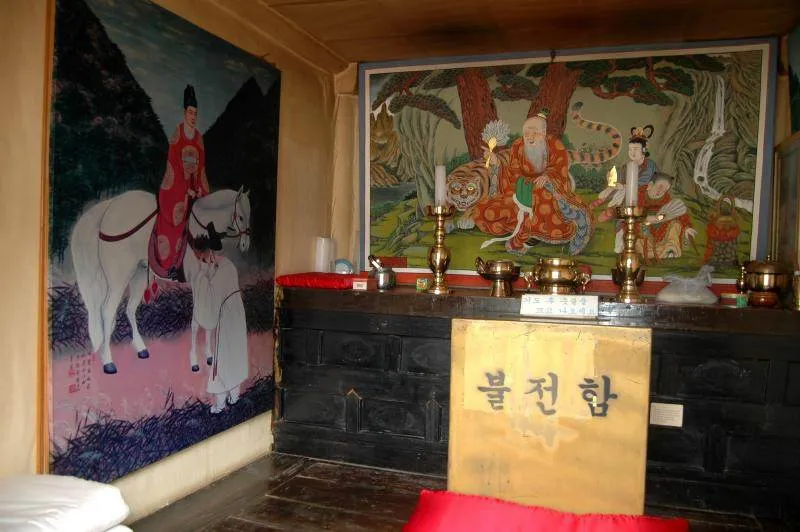
While there’s no English information around, this definitely looks to honor the san-shin, or mountain spirit.
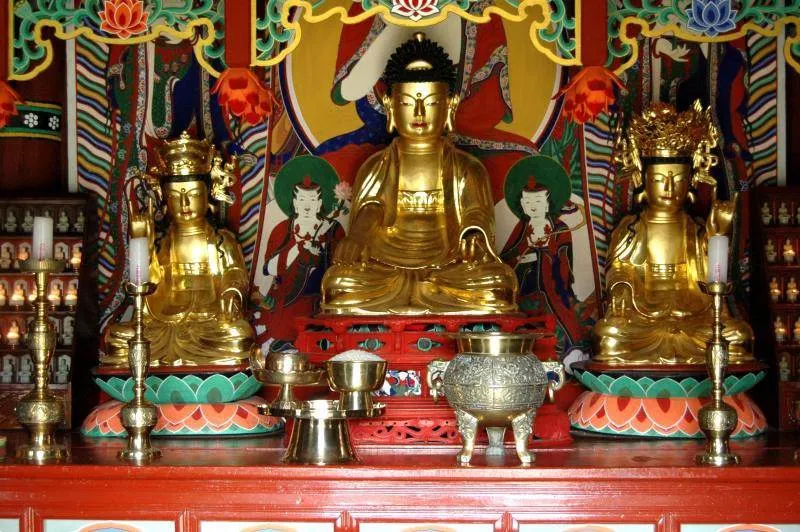
Shiny.
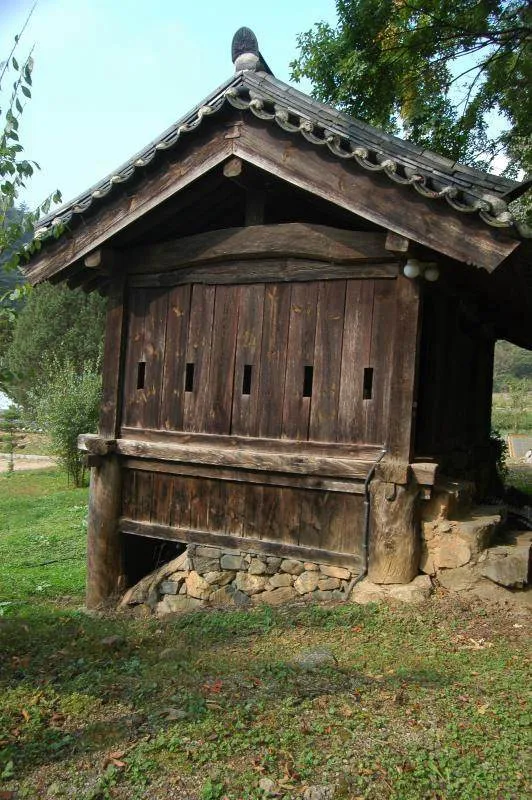
It doesn’t look like much, but this is the aforementioned outhouse that’s also a cultural property. Called a 해우소 (hae-u-sa), it was originally constructed in 1882, still works today, and will work as long as gravity works.
This one bizarre thing notwithstanding, this trip to Yeongwol was a reminder that not everything is on the beaten path. Surely plenty of wonderful destinations are well-known and easy to find, but you really do have to explore for your own to find the more interesting places.
Directions to Jangneung: Start at the Dong Seoul Bus Terminal (Gangbyeon station, line 2) Take a bus to Yeongwol Bus Terminal (4 buses a day, 3 hour ride). Once at the station, take a short taxi ride to Jangneung or start walking — it’s about a 45 minute walk. There are local buses that run through the area, but the schedules didn’t seem very helpful.
Directions to Bodeoksa: Get to Jangneung — while in the area you’ll see some wooden signs and a green metal sign for Bodeoksa — follow them to the temple entrance. It’s within walking distance The temple’s website is only in Korean, but you might be able to translate some of it.


